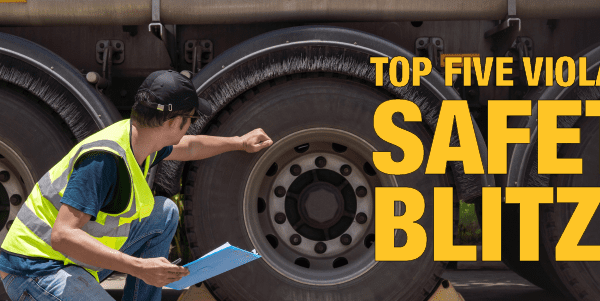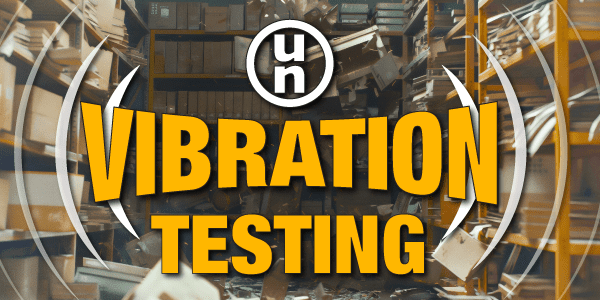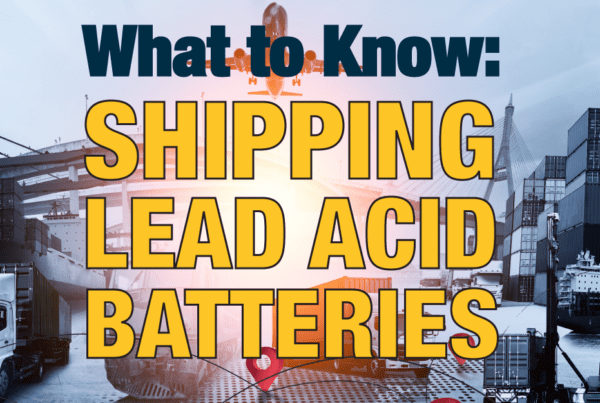Limited quantities, manufacture expiry dates, regulated or not regulated, and reclassifying flammables to combustibles.
Welcome back to the Regulatory Helpdesk where we answer your dangerous goods & hazmat questions. We’re here to help you become independent with – and understand the whys and hows – of the regulations.
Limited Quantity Limits (TDG)
- Q. Customer called and asked if he can ship a box with 16 liters of UN1219 in inner containers as a limited quantity through ground in Canada.
- A. The max according to the TDG is 1 L for limited quantity, so they can’t ship limited quantity.
Manufacture Expiry Dates
- Q. Can you tell me if both the manufacturer and expiration dates are required to be on each label? Or if we have the option of just stating the manufacture date and verbiage that states the product is good for two years after the manufacture date? Also, would you happen to know which regulatory agency monitors these types of things?
- A. The expiration date or manufactured date are not requirements of a GHS label. OSHA and The Globally Harmonized System of Classification and Labelling of Chemicals considers this supplementary Information, which is permissible as long as it doesn’t contradict any other information on the label, but they are not required components of the label.
Combustible materials (49 CFR)
- Q. We have some drums of a material classified as NA1993 Combustible Liquid and only ever ship via US 49 CFR. Can those drums be marked as not regulated for shipment?
-
A. Review §173.150(f), particularly paragraph (2). A material that only fits as combustible liquid due to its flashpoint and none of the other hazard classes in non-bulk packaging is not regulated. IF that particular material has an RQ, is a hazardous waste or is a marine pollutant, then you do have to regulate it regardless of the package size. Remember though that if you ship an IBC – all bets are off. An IBC will always go fully regulated even if it has just one drop in it.
Regulated or Not regulated
- Q. We have some drums of a material that has a flashpoint of 154.4 – 158 °F. Could this then be marked not regulated in drums?
-
A. The flashpoint falls into the range of 140°F – 200°F which is the range for a combustible liquid as outlined in §173.120(b)(1). As long as this is the only thing “wrong” with this stuff you are good to go. This also applies as long as you’re shipping by ground within the US, or from US to Canada and not in an IBC. An IBC will always be treated as fully regulated.
Regulated or Not Regulated (49 CFR)
- Q. In some of our drums is a material classified as UN3083 in Class 9 and PG III. Can this ever be shipped as not regulated?
-
- A. This comes down to what is triggering the Class 9 classification. Is it called this because it is a marine pollutant, an RQ or something else? If it is classified as a Class 9 because of it being a Marine Pollutant, you have to default to the DOT rules for that. In other words, you would only mark/label/placard for it if in bulk or going by vessel. If it is because of an RQ, then you must treat it like all other hazmat and fully regulated.
Reclassify flammables to combustible (49 CFR)
- Q. We have some drums of a material classified as UN1993 with a flashpoint 102°F. It does not meet any other hazard class. Can it be reclassified as a combustible liquid, and therefore marked as not regulated for shipment when we send it in drums?
-
A. Yes, with caution. Not every Flammable liquid in PG III can be reclassified into a Combustible liquid. Only those that have flashpoints at the top end of that PG can be. The flashpoints must be over 100°F in order for DOT to allow reclassification. These cannot have an RQ, be a waste or an Marine Pollutant. If they are, then you must keep them as Class 3 PG III materials. This is in §173.120(b)(2).
- A. This comes down to what is triggering the Class 9 classification. Is it called this because it is a marine pollutant, an RQ or something else? If it is classified as a Class 9 because of it being a Marine Pollutant, you have to default to the DOT rules for that. In other words, you would only mark/label/placard for it if in bulk or going by vessel. If it is because of an RQ, then you must treat it like all other hazmat and fully regulated.






 ICC USA
ICC USA ICC Canada
ICC Canada